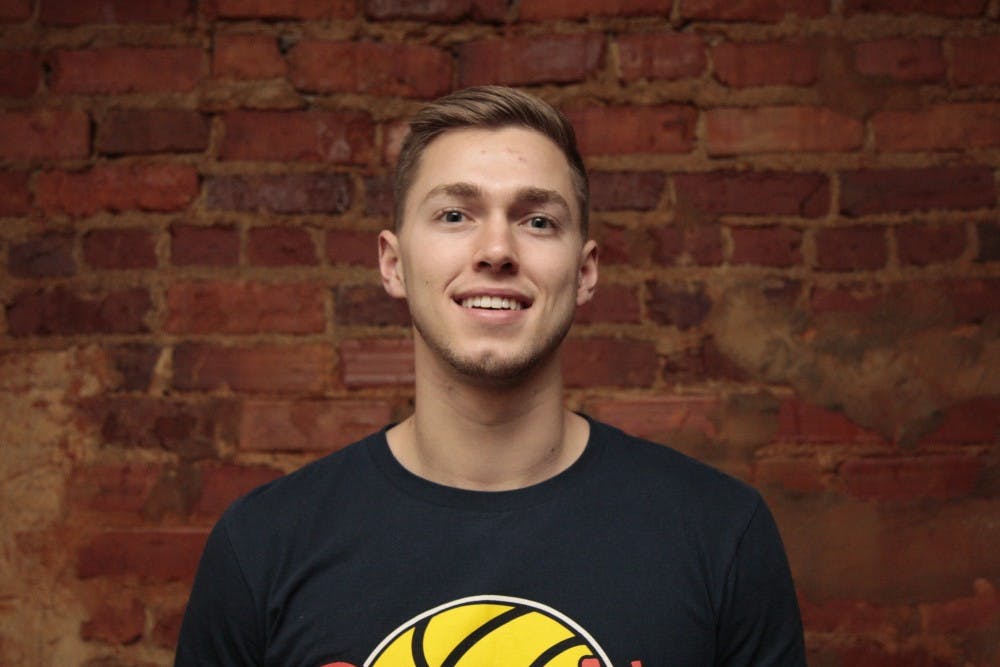This Sunday, the youthful, up-and-coming Los Angeles Rams will face off against the New England Patriots and the immortal Tom Brady on the biggest stage in sports. Super Bowl LIII will feature one of the league’s best offenses against one of its toughest defenses, with one of its most mediocre halftime performances stuck in the middle.
While most fans use halftime as an opportunity to take a bathroom break or refuel on nachos and beer, others will turn their attention to pop star Adam Levine and Maroon 5.
When the band was first announced to be headlining back in September, football and music fans alike quickly expressed their confusion and displeasure with the selection across social media. Sure, we all know Levine has the voice of an angel, there’s no denying it, but how can you have a Super Bowl in Atlanta of all places,and not make hip-hop and rap the central focus?
With artists like Future, Migos, 2 Chainz, Gucci Mane and T.I., just to name a few, all hailing from the city, it’s not like there was a shortage of names to consider.
After the immediate backlash from fans, the NFL did some scrambling and announced on Jan. 13 that the band will be joined by rappers Travis Scott and Big Boi, the latter of which calls Atlanta home.
The NFL has got it all backwards here.
It’s obvious that Maroon 5 is popular, their track record speaks for itself, but it will be extremely difficult to convince viewers that Levine and co. are the main event when Scott is arguably far more popular at the moment, especially at a venue like Atlanta.
It’s normal for the halftime show to feature multiple artists – the more the merrier! But it’s essential that the NFL play to its audience and book artists capable of delivering the most compelling performances. When your biggest stars are the ones playing backup, that’s not going to happen.
We’ve already seen how this plays out in Super Bowls past. In 2016, Coldplay was announced as the game’s halftime headliner, proceeded to deliver a so-so performance, and then were rescued by the show’s “featured” artists, Beyoncé and Bruno Mars. At least with that trio, there was some semblance of a cohesive genre, since each one could be described as somewhat of a pop artist. But Maroon 5 and Scott? Not much in common.




